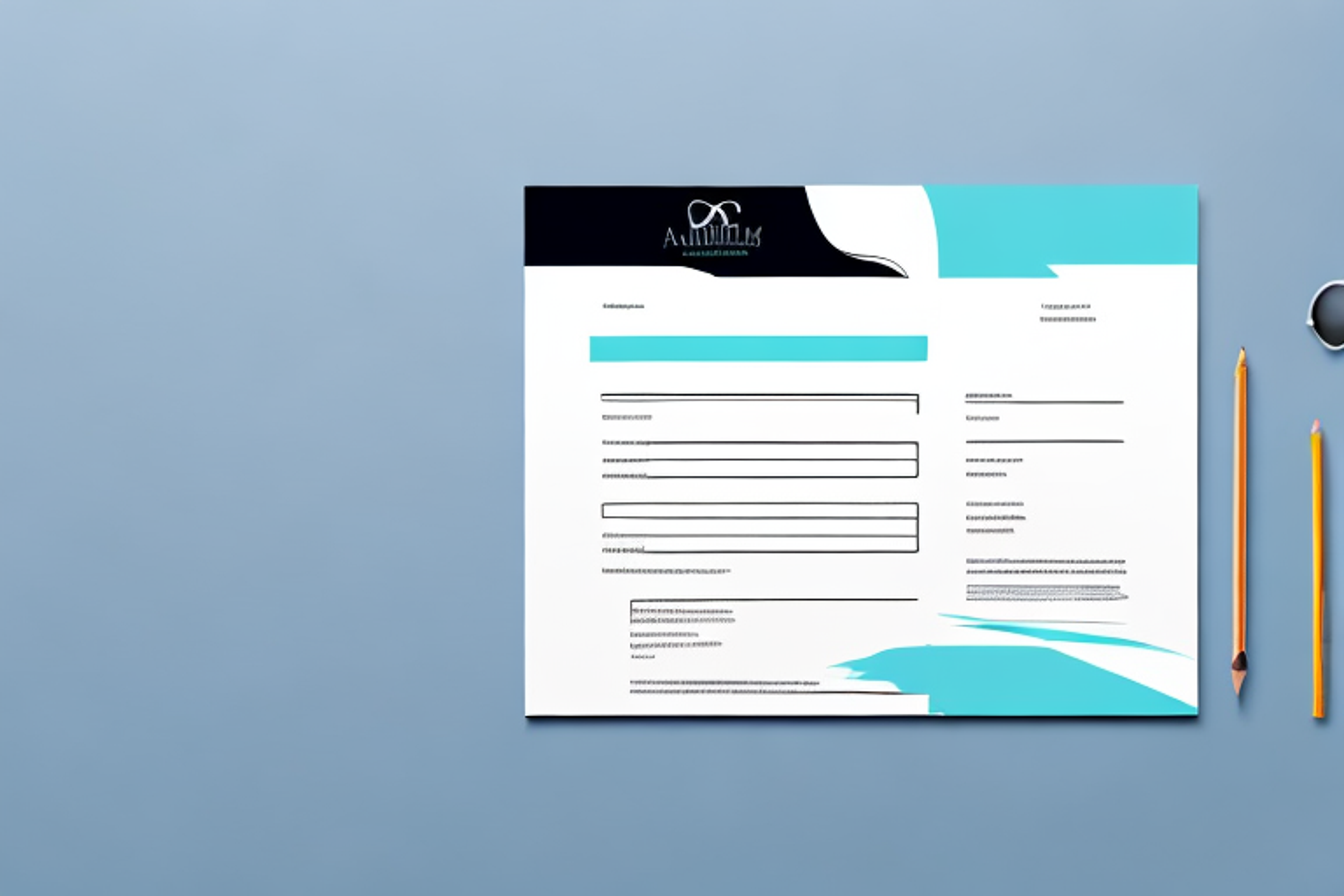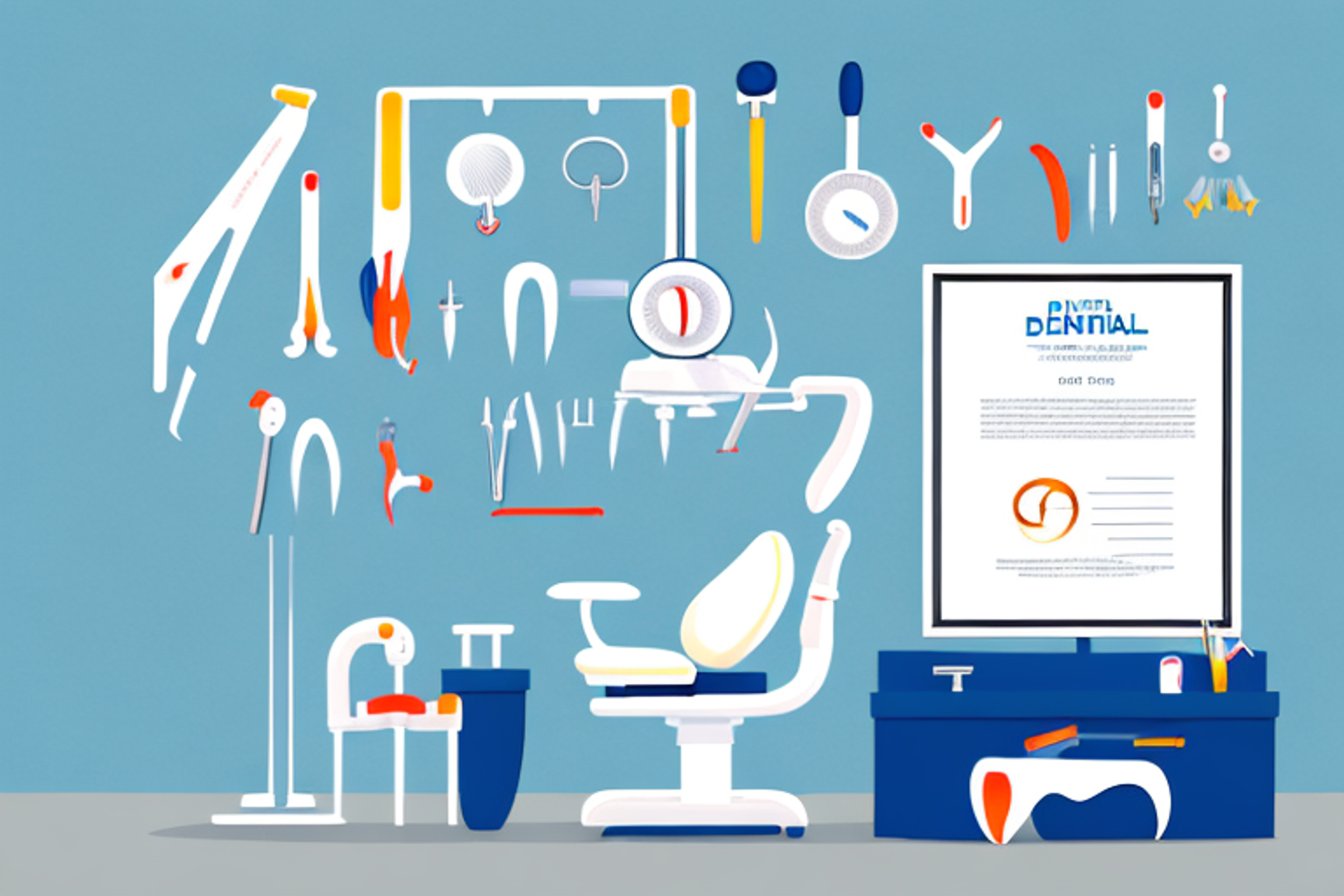How to Answer the "Additional Information" Section of Your Dental School Applications
Learn how to craft a compelling response to the "Additional Information" section of your dental school applications with our expert tips and advice.
Posted April 10, 2025

Table of Contents
When applying to dental school, answering the "Additional Information" section can feel overwhelming. It's one more opportunity to make an impression on admissions committees, but it's also a chance to explain any potential weaknesses or gaps in your application. In this article, we'll explore the purpose of the "Additional Information" section and provide tips for crafting a compelling and effective response.
Understanding the Purpose of the "Additional Information" Section
The "Additional Information" section of your dental school application is an opportunity to explain any information that may not be included in other parts of your application. This can include anything from personal circumstances that have affected your academic performance to additional experiences or accomplishments that you want to highlight. It's important to keep in mind that this section should be used to provide new information, not simply reiterate what's already been included elsewhere in your application.
One important thing to consider when writing in the "Additional Information" section is to be concise and clear. Admissions committees receive a large number of applications, so it's important to make your information easy to read and understand. Use bullet points or numbered lists to organize your information and make it easier to follow.
Another tip is to focus on the relevance of the information you're providing. While it's important to provide context and background, make sure that the information you're sharing is directly related to your application and how it will impact your potential success in dental school. This will help admissions committees see the value in the information you're providing and how it will contribute to your overall application.
Tips for Crafting an Effective Response to the "Additional Information" Prompt
When crafting your response to the "Additional Information" prompt, it's essential to keep your reader in mind. Admissions committees read hundreds of applications, so your response should be clear, concise, and easy to understand. It's also important to use this opportunity to showcase your unique qualifications and experiences.
One effective strategy is to provide context for any potential weaknesses or gaps in your application. For example, if you had a lower GPA during a particular semester due to unforeseen personal circumstances, this section is an opportunity to explain the situation and provide context for your grades. It's important to note, however, that you should avoid making excuses or blaming others for any shortcomings in your application.
Another important aspect to consider when responding to the "Additional Information" prompt is to ensure that your response is relevant and adds value to your application. Avoid including information that is already covered in other parts of your application or that does not provide any new insights into your qualifications or experiences.
Finally, it's crucial to proofread your response carefully and ensure that it is free of any grammatical or spelling errors. A well-written and error-free response can demonstrate your attention to detail and professionalism, which can make a positive impression on the admissions committee.
Common Mistakes to Avoid in Your "Additional Information" Response
One common mistake that applicants make in the "Additional Information" section is providing irrelevant information. While it's important to use this section to highlight your unique qualifications and experiences, it's important to ensure that the information you're providing is relevant to your application.
Another mistake to avoid is being too lengthy or repetitive. Your response should be focused and easy to understand. Avoid using complicated jargon or unnecessary technical terms.
One additional mistake to avoid is providing negative information about yourself or others. This section should be used to showcase your strengths and positive attributes, not to highlight your weaknesses or criticize others. Keep your tone positive and professional.
Another mistake to avoid is providing too much personal information. While it's important to provide context for your experiences and qualifications, avoid sharing personal details that are not relevant to your application. Keep the focus on your professional achievements and experiences.
Examples of Appropriate Topics to Address in the "Additional Information" Section
When deciding what to include in your "Additional Information" response, it's essential to focus on information that's not already included elsewhere in your application. Some examples of topics that may be appropriate to address include:
- Unforeseen personal circumstances that impacted your academic performance
- Additional professional experience or accomplishments
- Volunteer work or community service
- Leadership positions you've held
- Any extenuating circumstances that may have affected your application
It's important to keep in mind that the "Additional Information" section should not be used to repeat information that's already been provided in your application. Instead, use this section to provide context or explanations for any gaps or inconsistencies in your academic or professional history. For example, if you took a gap year to travel or care for a family member, you could use this section to explain how that experience has shaped your goals and aspirations.
How to Highlight Your Unique Qualifications and Experiences in Your Response
This section is an opportunity to showcase your unique qualifications and experiences that may not be highlighted in other parts of your application. Use concrete examples that demonstrate your skills and experience to highlight your qualifications. Use descriptive language to make your application stand out and make it personal and relevant.
One effective way to highlight your unique qualifications and experiences is to tailor your response to the specific job or program you are applying for. Research the organization or institution and identify key skills and values they prioritize. Then, use your response to demonstrate how your own experiences align with those priorities. This not only shows your qualifications, but also your dedication and interest in the position or program.
Using the "Additional Information" Section to Explain Any Gaps or Weaknesses in Your Application
If there are any weaknesses or gaps in your application, it's important to address them in this section. Use this space to provide context and explain how you've grown or improved since then. Avoid making excuses and focus on actionable steps you've taken to address any challenges.
For example, if you had a low GPA during your freshman year of college due to personal circumstances, you can use this section to explain the situation and how you've improved your academic performance since then. You can also mention any extracurricular activities or volunteer work that you've done to demonstrate your commitment to personal growth and development. Remember, this section is an opportunity to showcase your resilience and determination in the face of challenges.
Strategies for Making Your "Additional Information" Response Stand Out to Admissions Committees
When crafting your response to the "Additional Information" prompt, it's essential to make it stand out to admissions committees. One effective strategy is to use descriptive language to provide context and help the reader understand the impact of your experiences. Provide specific examples and avoid being too general.
What Not to Include in Your "Additional Information" Response
When crafting your response to the "Additional Information" prompt, it's important to avoid certain topics, including:
- Information that's already included elsewhere in your application
- Complaints or criticisms of your previous educational experiences
- Excuses for any shortcomings in your application
- Inappropriate or offensive content
Tips for Editing and Refining Your "Additional Information" Response
After drafting your "Additional Information" response, it's important to take the time to carefully edit and refine it. Make sure that your response is clear, concise, and easy to understand. Avoid repetition and overly complicated language. Have a trusted friend or mentor read over your response and provide feedback.
Understanding How Admissions Committees Evaluate Responses to the "Additional Information" Section
Admissions committees evaluate responses to the "Additional Information" section by looking for relevant information that adds value to the application. They want to see that you can communicate effectively and that you take accountability for any shortcomings in your application. It's important to use this section to showcase your unique qualifications and experiences that may not be highlighted elsewhere in your application.
Insights from Dental School Admissions Officers on What They Look for in an Applicant's "Additional Information" Response
According to dental school admissions officers, a strong "Additional Information" response should provide new and relevant information that adds value to the applicant's profile. They also look for clear and concise writing that showcases the applicant's communication skills. It's important to avoid excuses, irrelevant information, and inappropriate content in your response.
How a Strong "Additional Information" Response Can Help You Stand Out in a Competitive Applicant Pool
Providing a strong and effective response to the "Additional Information" prompt can help you stand out in a competitive applicant pool. It's an opportunity to showcase your unique qualifications and experiences that may not be highlighted elsewhere in your application. By providing context for any potential weaknesses or gaps in your application, you demonstrate accountability and a willingness to learn and improve.
Final Thoughts on Crafting a Compelling and Effective Response to the "Additional Information" Section of Your Dental School Applications
To craft a compelling and effective response to the "Additional Information" section of your dental school applications, focus on providing new and relevant information that adds value to your application. Use concrete examples and descriptive language to showcase your unique qualifications and experiences. Address any potential weaknesses or gaps in your application with accountability and actionable steps for improvement. With careful editing and attention to detail, your response can help you stand out in a competitive applicant pool.











